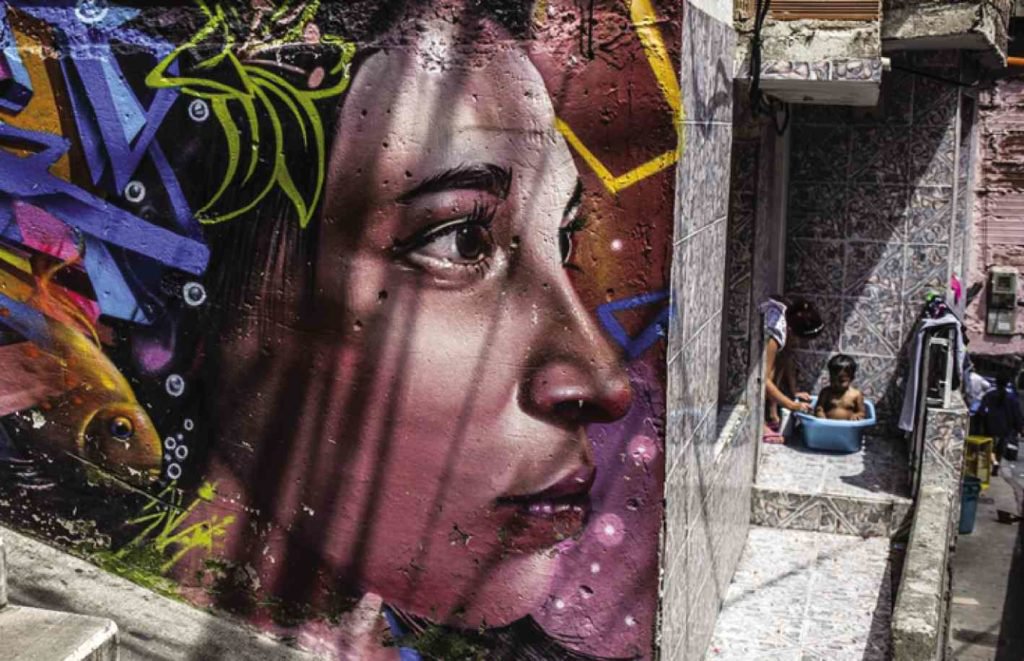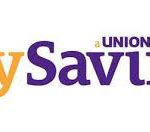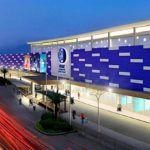
10 things to do to help improve cities in PH
Philippine Daily Inquirer
04:59 AM December 06, 2017
http://business.inquirer.net/
Citizens are the life of a city. We drive the growth, and we have the right and responsibility to take care of our natural and built-up environments.
Here are 10 things everyone can do to improve city life.
1. Share public spaces
We can use our private cars less, so we don’t usurp someone else’s space. Try one or two less trips with your car, and take the public transport more.
Our terminals may not be so well-connected, but this is the best way to reduce our number of vehicles. Move towards mass transit, and away from inefficient space usage.
Let’s avoid parking on sidewalks, because these spaces are for pedestrians. Respect “slow-down” and other traffic signs that exist to make spaces safer.
Make every public space safe and friendly enough for all of us—women, children, disabled people—by being more open, more visible, and more inclusive.
2. Encourage metropolitan art, fuel creativity
Visuals create vibrancy in a place, and usually make citizens feel safer. It also helps put value into an experience when we are stuck in line, waiting for a ride home.
City art can be present in a variety of ways: creation of murals on bland walls, graffiti, painted walls on train stations, decorated façades, and placement of statues and monuments.
And it’s not only for artists—anyone in the community can help repaint a pedestrian lane, which isn’t limited to parallel white lines either.
3. Add greens, clean blues, and better hues
More natural elements, such as plants and clean waterways, have benefits, such as less heat, and more attractive surroundings.
While many of us think that it’s difficult to do, it is possible to integrate green cover with the built-up environment. Urban gardens, biowalls, pocket parks, or simple potted plants or patches of grass help the urban ecosystem.
We can also start with cleaning water bodies to transform their dumpsite state into healthy river systems and bays.
4. Improve your plaza, ask for parks
Let’s encourage new types of zones, such as family zones and silver zones.
And let’s face it—how satisfied are we with the parks that we have, and the parks we have lost? So many Filipinos do not even know the feeling of using a park anymore, nowadays, because we all get attracted to the malls and commercial areas.
5. Walk more, bike more
If you were asked to sketch your city, would you know where to draw your major roads, your barangays, and your landmarks from memory?
Streets and roads are public spaces that have to be shared and equally utilized. This shows how much we stand to gain by championing public transport, biking, and pedestrianization.
We should walk more, and bike more, to know our cities. Benefits include the reduction of emissions, addressing sedentary lifestyles, more friends, and sleeping better at night.
6. Hold your government responsible, accountable
These are assessments, plans, and local legislation that make or break our urban and rural management. These are public documents, and are supposed to be easily accessible to citizens.
Check with your local government if you have these documents in place, and take a look at how the plans of your city roll out in the next few years. Check if plans are sound and updated, and exercise your right to have a say in the urban planning process.
7. Get involved; collaborate
Be more involved in your barangay or neighborhood activities, or join the development councils. Initiate projects such as street lighting that can improve the safety of dark streets.
Collaborate with groups in the church, groups of disability, or tap other people who are passionate about space, design, and transport. There are more people who care about the city than we realize.
Getting to know fellow citizens in our vicinity builds the strength in spreading impact. Citizens have key roles to play in city development.
8. Champion data
How do we help with data? Provide feedback. Participate in census surveys. Join open street mapping activities, where you can validate data for your own villages and barangays. Ask for receipts. Declare your residence details through yearly cedulas.
All of these contribute to captured data that better profile our cities. Demand that the city government make local data available and accessible—better if downloadable. Planners can use these in projections and in deriving strategies for land use.
9. Travel to other cities and learn
Convenient public services, libraries in every building, and state of the art public housing—these all exist in other countries and capital cities. Experiencing them can inspire us to drive change in our own urban setting.
10. Believe change is possible
The most dreadful hindrance I’ve heard from Filipinos is how they say “asa ka pa,” or “so may pag-asa pa ang Pilipinas?” This defeatist attitude is exactly what keeps our cities in dire states.
Read about Medellin. Nairobi, or Linz. Where there are people who lack hope, then there are less chances of success. If other productive cities are driven and improved by their own communities, we can do the same. People shape cities, and cities shape the lives of people, in return.
As urbanist Jane Jacobs famously said, “Cities have the capability of providing something for everybody, only because, and only when, they are created by everybody.”
The author is an environmental planner in Metro Manila. She advocates for better understanding of cities, urban management, and citizen empowerment in the Philippines. She blogs about her planning experiences at littlemissurbanite.wordpress.










